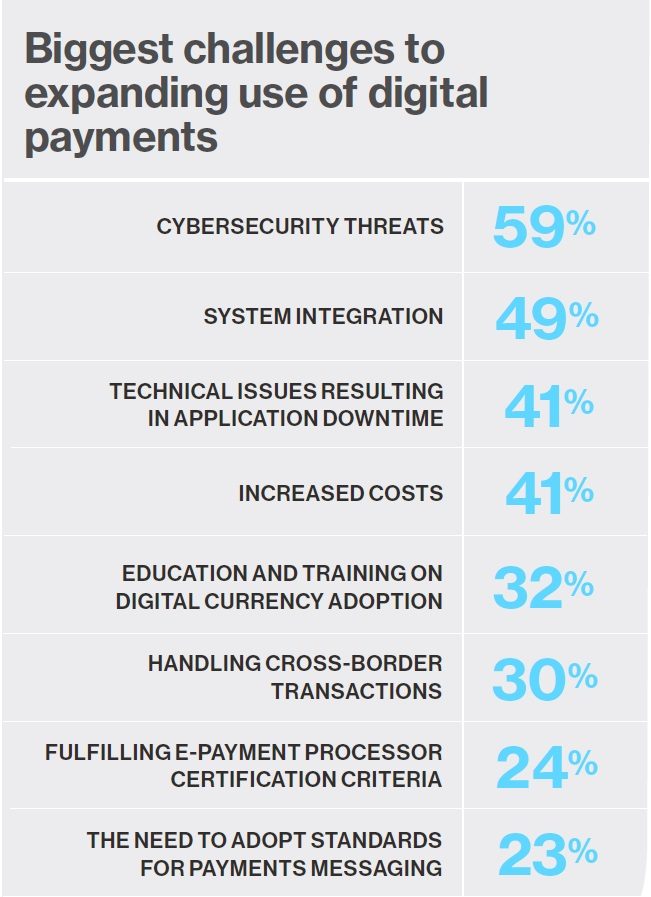Visa has shared an updated look at how fraud has evolved since the height of the pandemic, with criminals simultaneously targeting online and offline vulnerabilities as our daily lives return to a blend of in-person and e-commerce experiences.
“As in-person commerce returns to pre-pandemic levels, crooks are back to exploiting the physical points of vulnerability in stores, while continuing to capitalise on e-commerce through malware, ransomware and phishing attacks, among others,” says Paul D. Fabara, Chief Risk Officer at Visa.
“In fact, we are continuing to see high rates of skimming, growing over the already elevated levels of the winter of 2021, where fraudsters are jumping on the rise of in-person activity.”
Two new pieces of research – the latest Visa Biannual Threats Report and an MIT Technology Review Insights study “Moving Money in a Digital World,” highlight new and returning threats to the post-pandemic economy.
While fraud early on during the COVID-19 pandemic was concentrated on online scams, in-person attacks are now trending higher as criminals widen their scope to once again capture physical targets.
The past year experienced an increase in card-present threats such as physical skimming on ATM and point-of-sale terminals – a trend that will likely persist.
For instance, from June – November 2021, Visa saw a 176% increase in physical skimming devices over the previous 12-month period1.
 Digital commerce, crypto users are rich targets for innovative fraudsters
Digital commerce, crypto users are rich targets for innovative fraudsters
Still, the digital commerce environment – vastly accelerated by the pandemic – remains the richest target for cybercriminals.
Nearly three-fourths of fraud and data breach cases investigated by Visa’s Global Risk team involved e-commerce merchants – often social engineering and ransomware attacks.
Digital skimming attacks targeting e-commerce platforms and third-party code integrations are common.
These attacks shine a light on the need for stringent security controls on merchant websites and checkout pages, ensuring external code is not enabled in sensitive cardholder environments.
In fact, 42% of respondents in the MIT Technology Review Insights report say security measures are important for their customers, with 59% acknowledging that cybersecurity threats are the biggest challenge to expanding digital payments.
Many are prioritising advanced security capabilities like digital tokens (32%), artificial intelligence and enhanced authorisation (43%).
Beyond attacks on traditional currency, threat actors are employing new tactics to defraud cryptocurrency users, including new malware focused on browser extension wallets for crypto users as well as innovation in phishing and social engineering schemes. Crypto bridge services are also a target.
From January through February 2022, three sizeable thefts exploiting vulnerabilities in various bridge services netted cyber thieves over $400 million.2
____________________________________________________
1 Visa Global Risk Investigations, June – November 2021
2 Visa Biannual Payment Fraud Disruption Report



